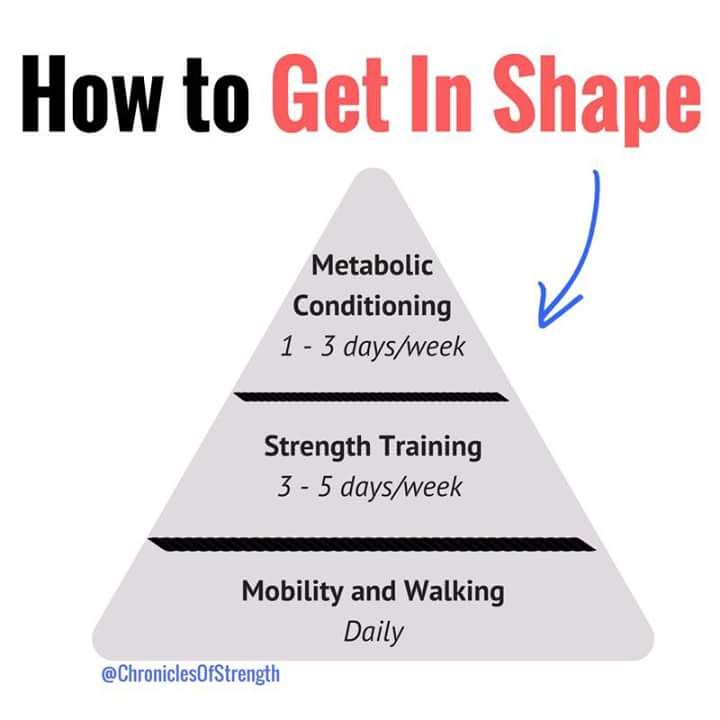How to Achieve your Goals
If you’re stuck in a rut, floundering in your own training or just not hitting goals, then you are not alone…

This confusion permeates deep into the fitness industry – what should you eat? which exercises should you choose? how often should you train? how do you lose weight? If you put 10 people in a room and asked them these questions, I’m sure you would hear a multitude of answers.
However, this confusion doesn’t need to exist. There are no magic foods, training secrets or silver bullets, but there are certain principles that are effective and have stood the test of time. So “Never overlook the power of simplicity”.
Here are 6 principles to put you back on the right path to hitting your training goals
1) Have a Goal – Be clear about your goal and know what it is you want to achieve. This seems obvious but If you don’t know where you are heading then how can you expect to get there? You wouldn’t jump in a car and drive around blindfolded, so why do it with your training?
Goals should be specific, measurable and achievable within a pre-determined timeframe. You might choose to lose 5% body fat or to pull a double bodyweight deadlift, but don’t set yourself a deadlift goal and then wonder why your 5km run time isn’t improving. Stay focused and ‘keep the goal the goal’.
2) Have Structure – Write a periodised training plan and take notes. If you don’t know how to do this then speak to a coach or personal trainer. There should be a clear structure that takes you from A (where you are now) to B (your goal) in your chosen timeframe.
Overload is essential for performance gains whether for strength, hypertrophy, endurance or energy system development. You cannot overload if you don’t know what you did last week. You need to know the details if you want to make progress.
3) Strength Train – It doesn’t matter what your training goal is, getting stronger will likely get you there quicker. Strength underpins everything. A balanced strength programme will make us more resilient and enable us to tackle everyday tasks more easily. Furthermore, it can drastically reduce the impact of ageing.
Aim to strength train 2 to 4 times per week. If you want to add some higher intensity conditioning into the mix then, 1 to 3 structured sessions should be enough.
4) Plan Your Nutrition – If you are confused by the vast array of diet options on offer then let’s simplify it. If your goal is to build muscle then make sure you are in an energy surplus. If your aim is to lose fat then make sure you are in an energy deficit. If you want to maintain your current profile then continue eating what you do.
What you eat and how much you eat are both important. Aim to make 80 to 90% of your diet, wholesome unprocessed foods. Eat protein and vegetables with every meal. Ensure you have a regular source of healthy fats. If you eat carbs then consume them either side of your training window. Drink plenty of water (coffee doesn’t count) every day, and don’t be scared of fruit.
It doesn’t matter what you call your diet, the one that is right for you is the one you can stick to. If you have trouble choosing the right meals then plan the day ahead. No excuses!
5) Move Often – Aim to brisk walk every day. Walking keeps the body mobile, it removes the build-up of waste products and it keeps the aerobic energy system ticking over. There are many worse ideas than trying to hit 10000 steps per day, however, use it as a guide, not a stick to flog yourself with. Alternatively, just get outside and have fun – act the way you did as a kid.
6) Rest and Recover – Some experts argue that there is no such thing as overtraining, only under recovering. However, brush the semantics aside and understand that rest is just as important as hard work.
Training is a stress on our body, as is work, relationships, poor diet, anxiety and not sleeping enough. If you are not hitting your goals then consider whether you might need to rest more rather than training more.
How to achieve a better balance:
1) Aim for 7 – 9 hours’ sleep every night. 2) Take an extra day off training if you need to. 3) Autoregulate your training – this is achieved by monitoring your energy and concentration levels (among other indicators) on a given day.
——-
Hopefully, this article has given you a clearer insight into how to get yourself back on track.
Be on the path,
Coach Craig.
Author - Craig Peterson - Personal Trainer & Mentor

Like what you read? Want to know more?
If you have a question about anything Health & Fitness that you want to see answered in a future article, or even fancy treating your brain & body to a whole day with one of our brilliant Mentors. Please contact us – we will endeavour to get back to you within 24hrs!
Remember – It is never too late to bulletproof your future self.
